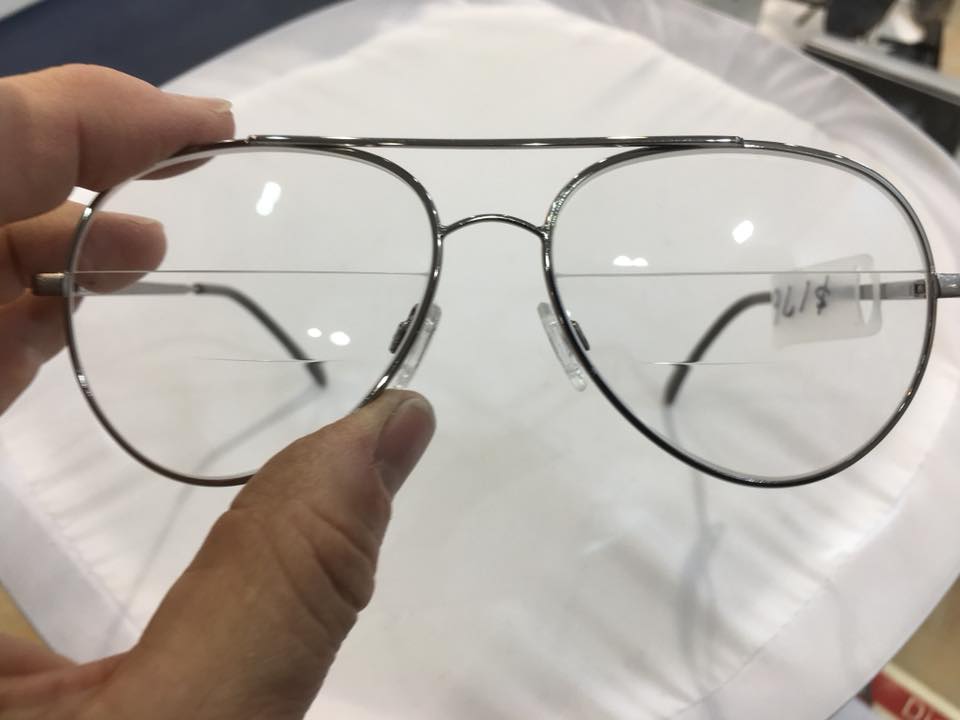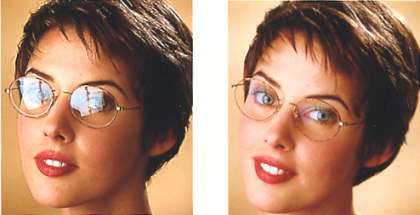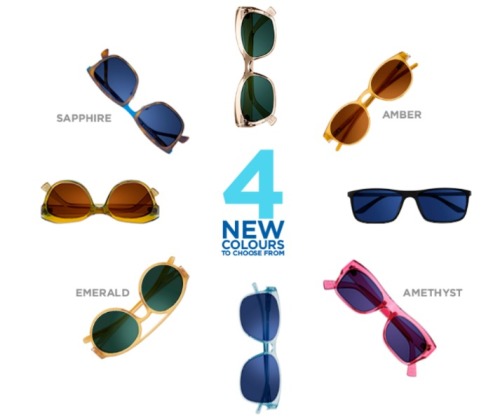We can source nearly any type of lens that you require. We offer expert advice on the best design of lens for your lifestyle.
At Designed Eyes use only the highest quality lenses from the most trusted suppliers, and we can access all major international and Australian brands. There are no exclusive agreements with any supplier so you can trust that we will always recommend the lens that is best for you, not just the one that is most profitable!
Made in australia
The majority of specially surfaced lenses that we dispense are made by Shamir Australia in Brisbane. There are no stock lens moulding facilities in Australia any longer, so all stock lenses that we supply are made overseas, mainly by Hoya, which is the biggest Japanese lens manufacturer.
We still do all of our own lens fitting work here in our shop
Once we receive the uncut lenses, the second part of the manufacturing process is done by us in our on site fitting laboratory here in Rosebud. We take the time and care needed to carefully fit every lens with absolute precision and can attend to the finest and most challenging work possible. We regularly have customers visiting us from far and wide to take advantage of our unique services.If you have a particularly high prescription, high astigmatism, prism, or need some special feature for occupational purposes we can usually help.

Lens customisation our speciality
Because we fit our own lenses on site, we can customise rimless glasses to any size or shape that you can imagine. This is particularly useful for people with large or small heads or those who have a requirement for special purpose or occupational glasses.
Special lenses for pilots
We can make ‘Franklin’ bifocal or trifocal lenses especially designed for airline pilots who dislike the peripheral distortions experienced with progressive lenses. Below is an example of what we can do. We can set up and control the working distance independently in each of the three zones, almost without any restriction. Franklin glasses are two different lenses split and joined together. It takes very careful handwork to achieve a neat result.

Multifocal lenses (Progressive lenses)
The majority of lenses that we dispense are multifocals, or the correct term, ‘progessive addition lenses’. Young people don’t need them because they still have their natural near focussing ability. Once we get to about 45 years of age however, we lose our ability to focus well at near and this slowly diminishes until there is no near focussing ability by the age of 65. Progressive lenses have the near power in the lower portion of the lens and the distance vision power in the upper portion. That means that your glasses can be left on all day or whilst you do a variety of tasks, unlike reading glasses which need to be taken on and off.
Lens materials
Lenses are made primarily from plastic and there are a huge range of materials that we can choose from. Here are a list of lens materials and their prime functions:
CR39 1.499 index: Used for most lower prescriptions where the frame is a full frame, either metal or plastic.
Trivex 1.53 index: Used for any application including rimless and safety eyewear. Won’t crack or split.
1.58 Tribrid: Very high tensile strength for rimless applications or full rim.
Polycarbonate 1.59: Used widely in safety applications and very light weight. Optical qualities are poor.
1.6 index: Produces a thinner and flatter lens which is suitable for full rim or rimless applications.
1.67 index: Produces an even thinner, flatter and lighter lens which is suitable for full rim or rimless applications.
1.74 index: Produces an extremely thin and light result but only suitable for full frames. Used for high prescriptions.
Anti-reflective coating (Multicoat)
Multicoat can be applied to any lens material and absorbs reflections off both the back surface of the lens and the front surface. There are two advantages to multicoated lenses:
1. They look clearer, therefore look better. They make your glasses look more aesthetically pleasing
2. Better vision due to light not reflecting off the back surface of the lenses.

As you can see the lenses in the left hand image are very reflective. The lenses on the right have an antireflection coating which absorbs the reflected light giving a much better appearance.
Transitions
Transitions lenses change colour when they are exposed to ultra violet. They are available in a range of colours in and types. Please be aware that transitions lenses do not go dark inside your car! They are not a replacement for driving sunglasses, but they do work incredibly well in direct sunlight. Transitions also come in a polarising version for those who need extra glare reduction at the beach and on the water.


Polarised lenses offer the best sun protection available because they offer mechanical glare protection at a molecular level. We use Nupolar polarised lenses by Younger Optics U.S.A. because of their extremely high quality. They are available in the following colours:

